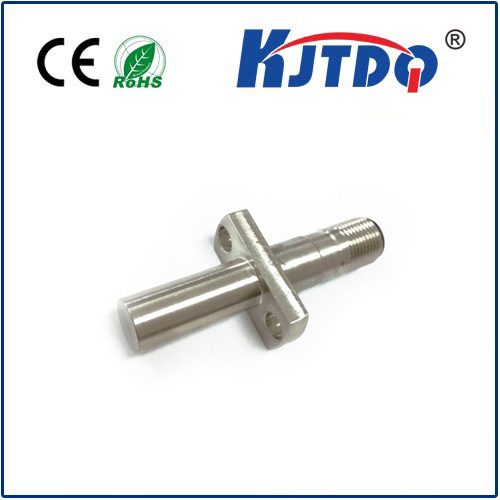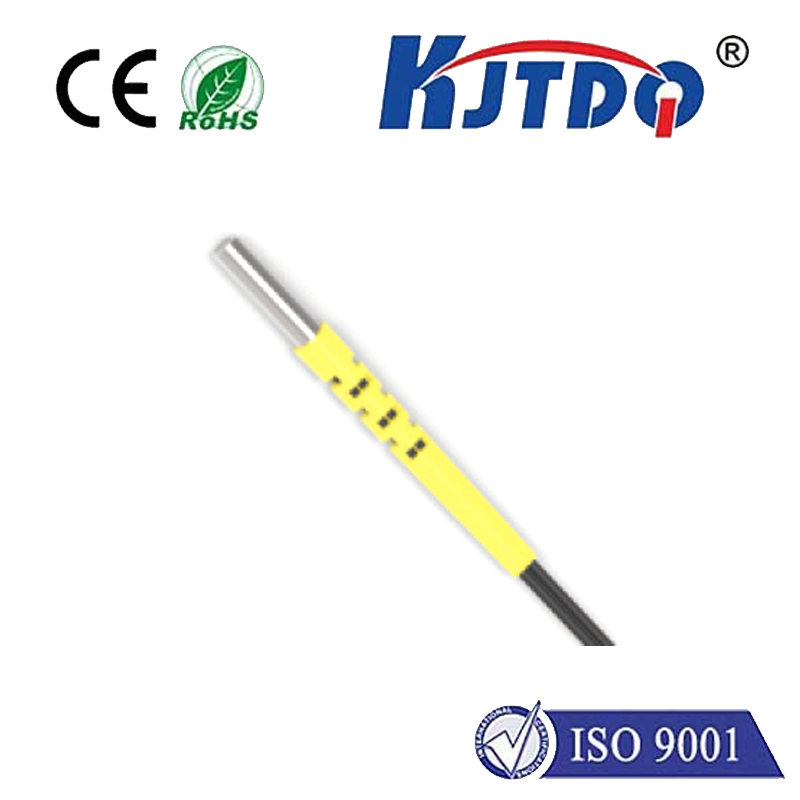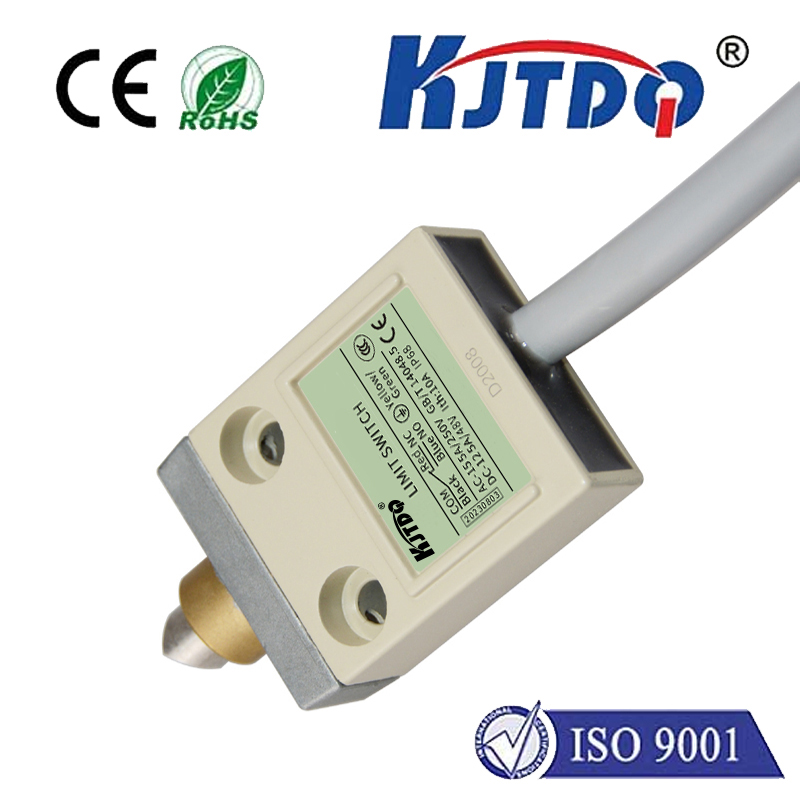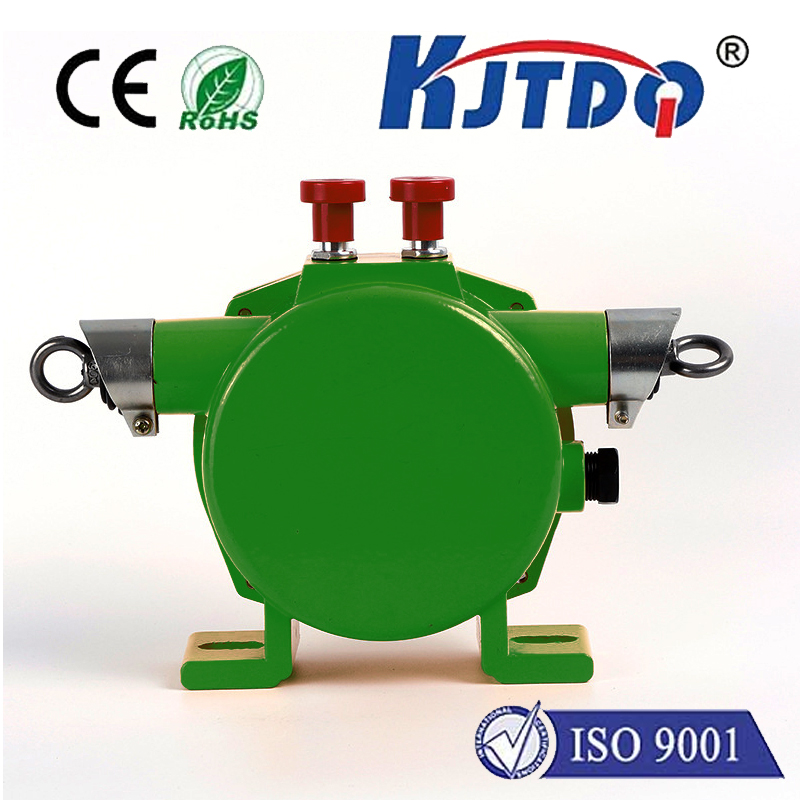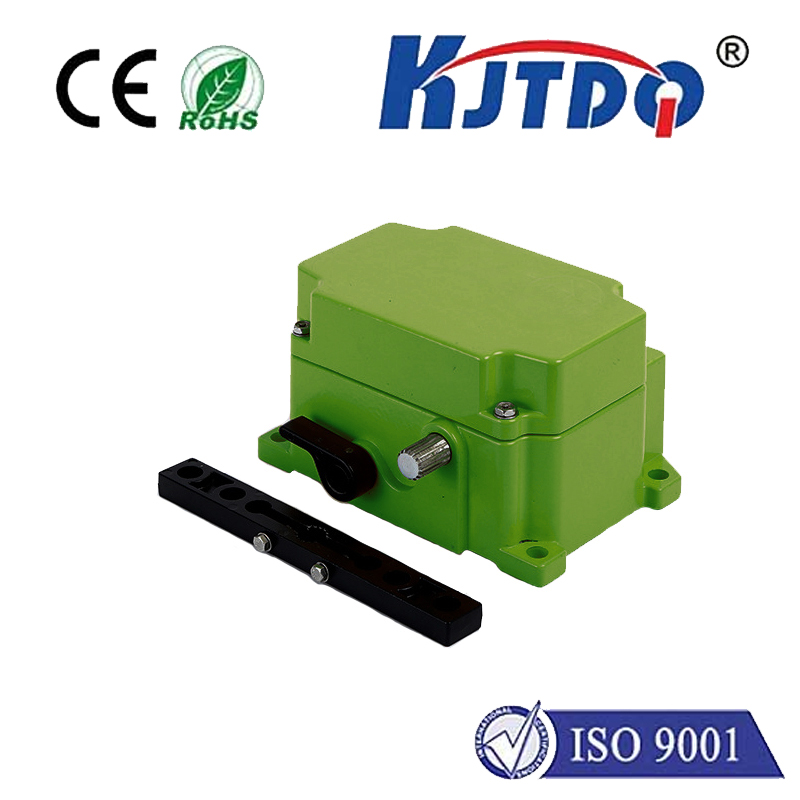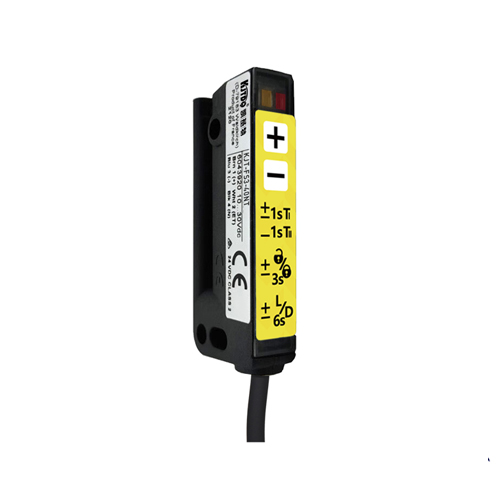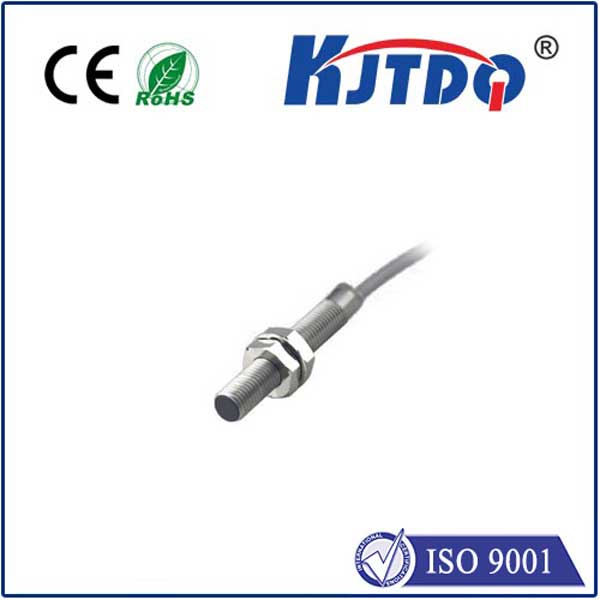small proximity sensor
- time:2025-06-12 20:25:45
- Нажмите:0
The Mighty Miniature: How Small Proximity Sensors Revolutionize Modern Technology
Imagine your smartphone screen instantly lighting up as you raise it to your ear, or your robot vacuum cleaner deftly navigating around chair legs without a bump. These everyday marvels hinge on a critical, often unseen component: the small proximity sensor. These compact powerhouses detect the presence, absence, or position of nearby objects without physical contact, enabling smarter, safer, and more intuitive interactions across countless devices. Their shrinking size unlocks revolutionary possibilities in design and functionality.
Understanding the Core Principle
At its heart, a датчик приближения works by emitting a field or beam (electromagnetic, electrostatic, acoustic, or optical) and detecting changes in that field caused by an object entering its detection zone. The small form factor refers to sensors with significantly miniaturized physical dimensions, often just a few millimeters in size, achieved through advanced microelectronics and packaging techniques. This miniaturization doesn’t usually compromise core functionality but instead tailors the sensor for space-constrained applications. The compact proximity sensor excels in environments where traditional larger sensors simply cannot fit.
Key Technologies Powering Miniaturization
Several sensing technologies lend themselves well to miniaturization, each with distinct advantages:

- Inductive Proximity Sensors: Detect metallic objects by inducing eddy currents. Small inductive sensors are immensely popular in industrial automation for position sensing or counting metallic parts within tight machinery spaces.
- Capacitive Proximity Sensors: Detect both metallic and non-metallic objects (like plastic, liquid, or wood) by measuring changes in capacitance. This versatility makes miniature capacitive sensors ideal for touch interfaces, liquid level detection in small containers, and material presence sensing where other types fail.
- Optical Proximity Sensors: Typically use infrared (IR) LEDs and photodetectors. The emitter sends an IR beam; the detector senses its reflection off an object. Compact optical proximity sensors are ubiquitous in consumer electronics (like the phone example) and are also employed in object detection on compact robots or printers.
- Ultrasonic Proximity Sensors: Measure the time-of-flight (ToF) of high-frequency sound waves. While often slightly larger than the others mentioned, miniaturized ultrasonic sensors find use in compact distance measurement tasks and obstacle avoidance systems.
The Compelling Advantages of Going Small
The shrinking footprint of these sensors delivers transformative benefits:
- Integration into Miniaturized Devices: This is the most obvious advantage. Small proximity sensors are essential enablers for wearable tech, minimally invasive medical devices, tiny IoT nodes, modern smartphones with edge-to-edge displays, and ultra-compact industrial controls.
- Design Flexibility: Designers gain incredible freedom. Sensors can be embedded in locations previously impossible, enabling sleeker, more ergonomic, and aesthetically pleasing product designs without sacrificing functionality.
- Reduced Weight: Crucial for drones, aerospace applications, and portable devices where every gram matters. Lightweight proximity sensors contribute significantly to overall system weight reduction.
- Lower Power Consumption: Miniaturization often goes hand-in-hand with optimized electronics for lower power draw. This is critical for battery-operated devices like wearables, remote sensors, and IoT endpoints, significantly extending their operational life.
- Enhanced Functionality in Confined Spaces: Within complex machinery, robotics arms, or intricate medical instruments, compact proximity detectors provide vital position feedback and collision avoidance where larger sensors are impractical.
Diverse Applications: Where Tiny Makes a Huge Difference
The impact of small proximity sensors spans numerous sectors:
- Consumer Electronics: Smartphones (screen wake/sleep, auto-brightness), tablets, laptops, wearables (gesture control), smart home devices (presence detection for lighting/security), gaming controllers.
- Промышленная автоматизация: Position verification of miniature parts on assembly lines, end-of-arm tooling sensing on compact robots, machine guarding in tight spaces, liquid level monitoring in small reservoirs, object counting on conveyors.
- Automotive: Occupant detection (for airbag control in specific seats), touch-sensitive controls, gear shift position sensing, boot lid open/close detection, collision avoidance systems in tight spots (parking sensors).
- Medical Technology: Precision positioning in surgical instruments and robotic surgery arms, fluid level detection in infusion pumps and dialysis machines, presence sensing in diagnostic equipment, wearable health monitors.
- Robotics: Collision avoidance for small domestic and industrial robots, object gripper sensing, precise navigation and mapping in confined environments.
- IoT (Internet of Things): Tamper detection on compact assets, water leak detection in small areas, smart inventory management tags, compact security systems.
Selecting the Right Small Proximity Sensor: Key Considerations
Choosing the optimal Компактный датчик приближения requires careful evaluation:
- Detection Range & Object Material: Match the sensor type (inductive, capacitive, optical) to the required sensing distance and the material of the target object.
- Size & Mounting Constraints: Define the absolute maximum dimensions (length, width, height) and the available mounting options (embedding, surface mount, threaded barrel?).
- Output Type: Does the application require a simple digital ON/OFF signal, an analog output proportional to distance, or a sophisticated IO-Link communication?
- Operating Environment: Consider temperature extremes, potential exposure to dust, moisture, oils, chemicals, or strong electromagnetic interference (EMC/EMI). Look for appropriate IP ratings.
- Power Supply & Consumption: Voltage requirements and average current draw are critical, especially for portable devices. Low power proximity sensors are a must for battery life.
- Response Time: How quickly does the sensor need to react to the presence or absence of an object? High-speed automation demands fast sensors.
Future Frontiers: The Evolution Continues
The trajectory for small proximity sensors points towards even greater integration, intelligence, and capability. We see ongoing development in:
- Further Miniaturization: Sensors becoming virtually microscopic, enabling integration into new classes of ultra-compact devices and implants.
- Enhanced Performance: Improved detection range, accuracy, stability, and noise immunity within the same or smaller packages.
- Multi-Sensing Chips: Integration of proximity sensing with other functions like ambient light sensing (ALS), gesture recognition, or environmental monitoring on a single, tiny chip.
- Smarter Sensors: Incorporating edge processing capabilities directly into the sensor package for intelligent pre-processing of data, reducing the load on the main system microcontroller and enabling faster localized decisions. Integrated proximity detectors are becoming smarter nodes.
- Advanced Materials & Fabrication: Utilizing novel materials and manufacturing processes (like MEMS - Micro-Electro-Mechanical Systems) to push the boundaries of size, power efficiency, and robustness.
From the phone in your pocket to the most advanced surgical robot, small proximity sensors are fundamental building blocks of the modern technological landscape. Their ability to provide reliable, non-contact detection in incredibly confined spaces makes them indispensable. As miniaturization and performance continue to advance, these mighty miniature components will further permeate our world, driving innovation in design, efficiency, and interaction for years to come. The potential for compact proximity sensors to enable the next wave of miniaturized, intelligent devices is truly immense.

